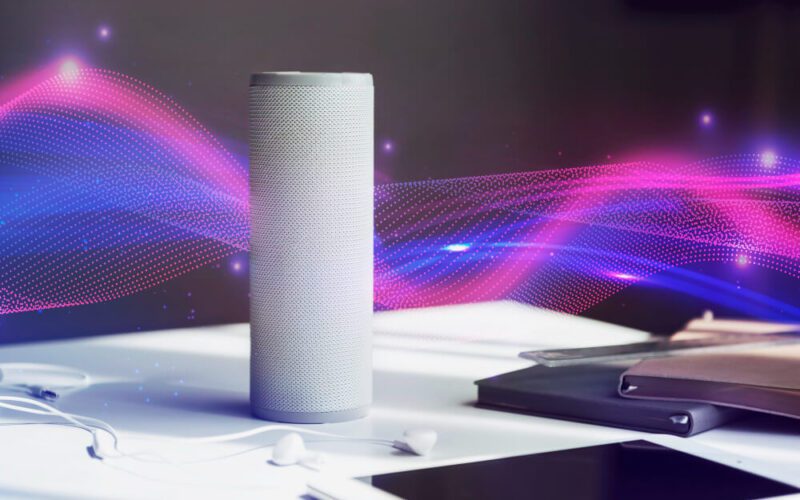OpenAI Voice Engine Is Redefining the Way We Speak to AI
In 2025, the boundaries between human and machine voices are disappearing—thanks to OpenAI’s latest breakthrough: the Voice Engine. Designed to create incredibly realistic speech from text input, the Voice Engine is capable of mimicking tone, emotion, and even personality. As a result, it’s more than just text-to-speech—this is AI with a voice you can feel.
What Is the OpenAI Voice Engine?
The Voice Engine is OpenAI’s proprietary voice synthesis technology, introduced to the public in 2024 and now widely adopted across apps and platforms in 2025. It’s built on the same models powering ChatGPT, enabling fluid, context-aware conversations that sound convincingly human. Moreover, it can replicate a user’s voice with just 15 seconds of audio (with consent), which opens new possibilities for personalization.
Why It’s a Big Deal in 2025
Voice assistants have been around for years—Siri, Alexa, and Google Assistant. However, what sets the Voice Engine apart is how human-like and expressive the responses sound. OpenAI has made breakthroughs in prosody, tone modulation, and real-time emotion generation. Consequently, conversations feel far less robotic than ever before.
In an official OpenAI blog post, the company shared examples of Voice Engine reading bedtime stories, translating languages with emotion, and assisting visually impaired users with engaging voice interaction. In fact, this isn’t just for productivity—it’s also about accessibility, education, and digital companionship.
Ethics and Security: A Double-Edged Sword
With great power comes real responsibility. Therefore, OpenAI has placed strict controls on Voice Engine’s voice cloning capabilities to prevent misuse. Voice samples must be opt-in, and generated voices are watermarked for detection. Additionally, the company is working closely with regulators and researchers to ensure ethical deployment of the technology.
Still, as with deepfakes, the potential for misuse remains. That’s why OpenAI has limited general access and continues to collaborate with partners in healthcare, accessibility, and education for targeted applications. As a precaution, these controls help balance innovation and safety.
Where Voice Engine Is Headed Next
In the near future, we may see the Voice Engine integrated into smart devices, wearables, customer service bots, and even virtual companions. Startups are already building AI-based podcasts, automated audiobook narration, and real-time dubbing tools using the technology. As a result, we’re on the verge of a major shift in how voice content is produced.
If you’re interested in experiencing the future of voice firsthand, OpenAI has launched early previews through ChatGPT Plus and the OpenAI API. Furthermore, more commercial tools are expected by the end of the year, expanding the reach of this powerful technology.









